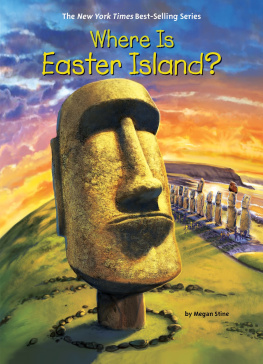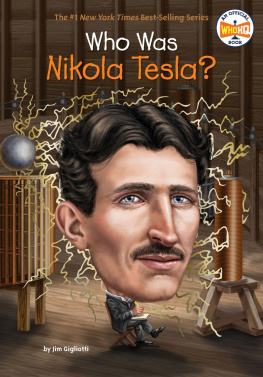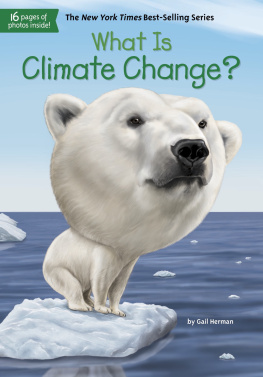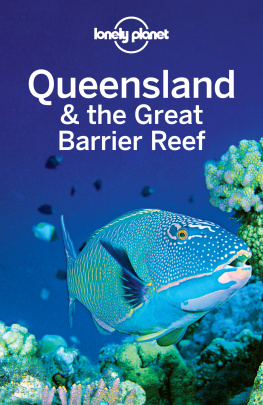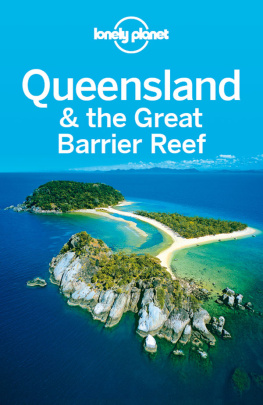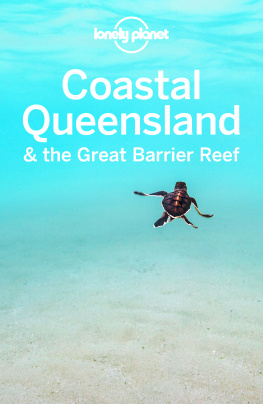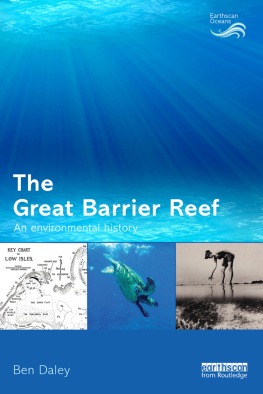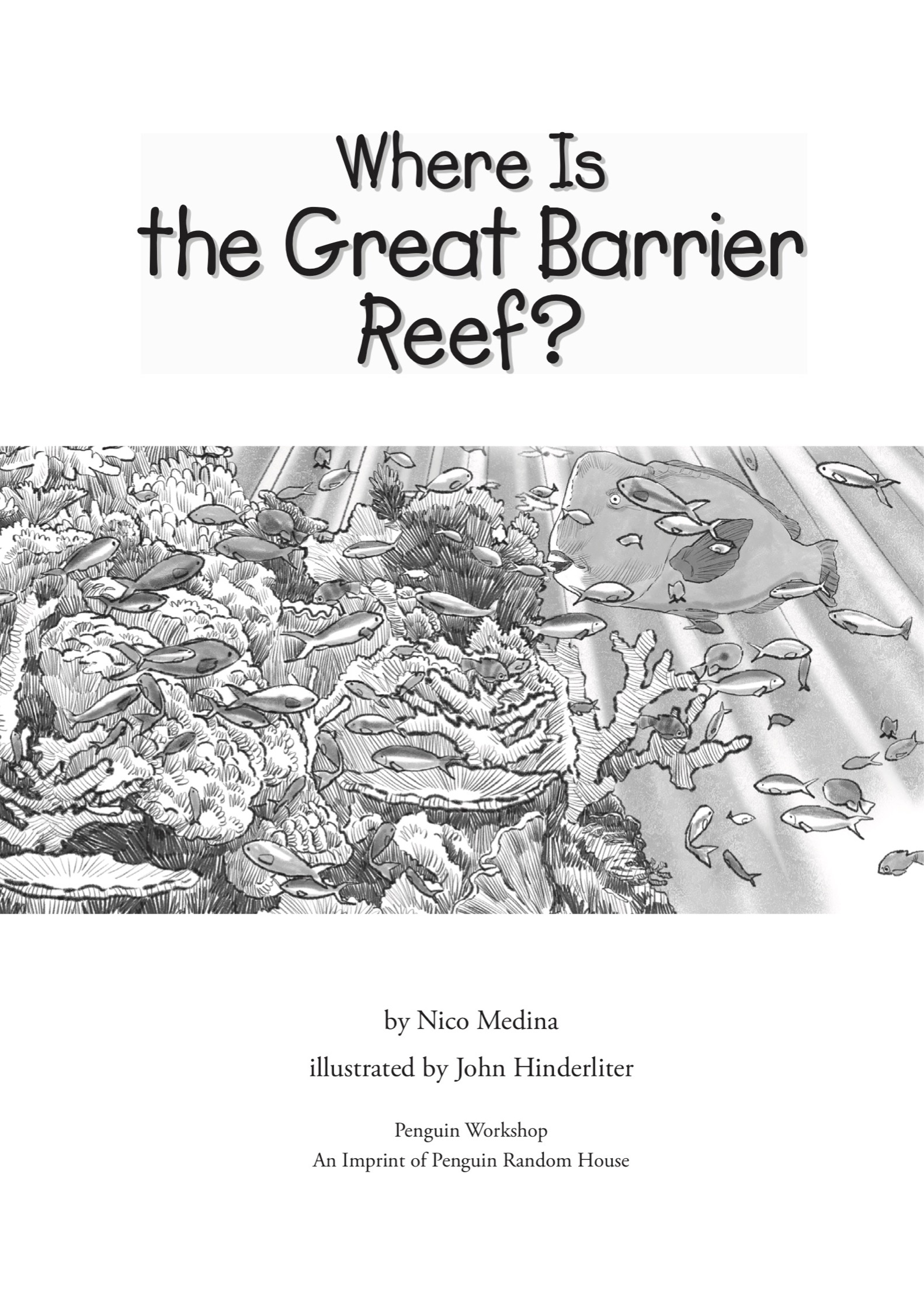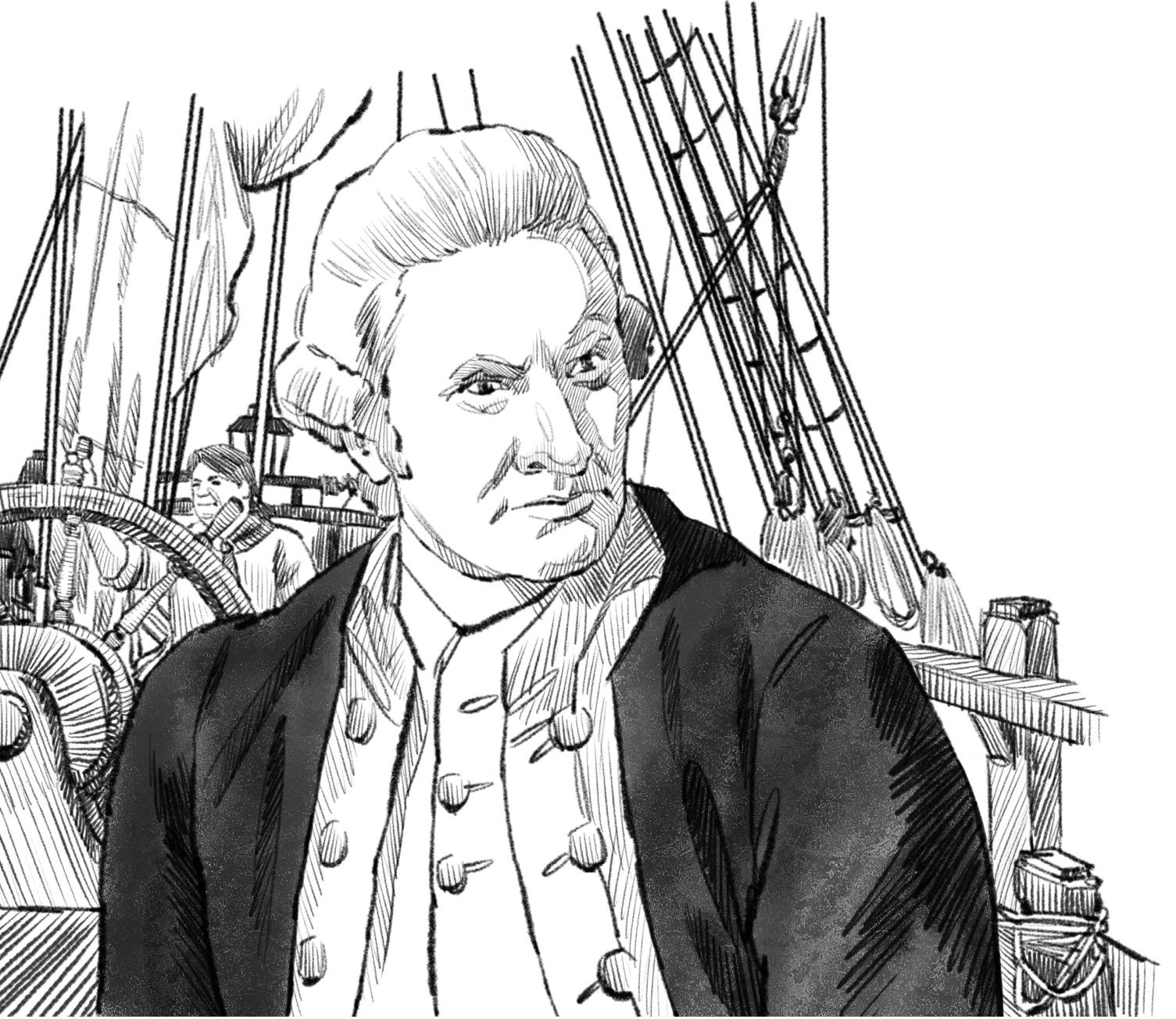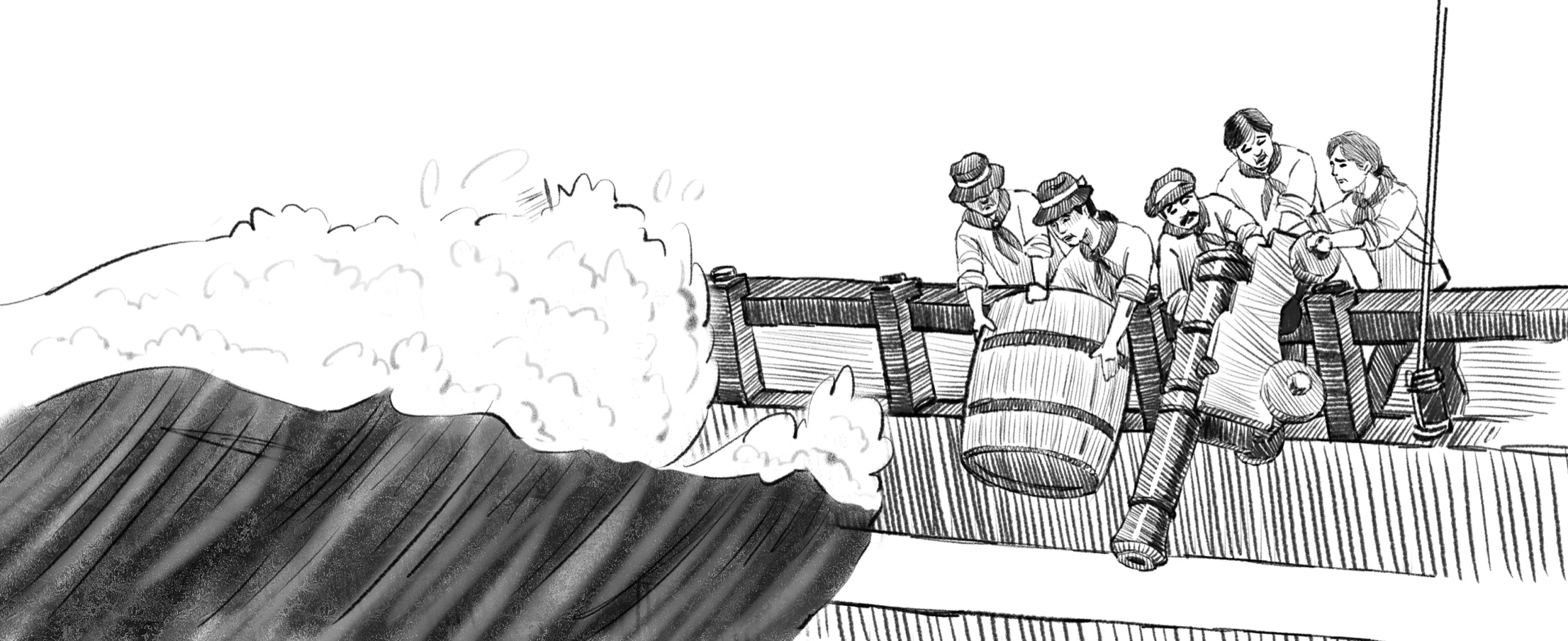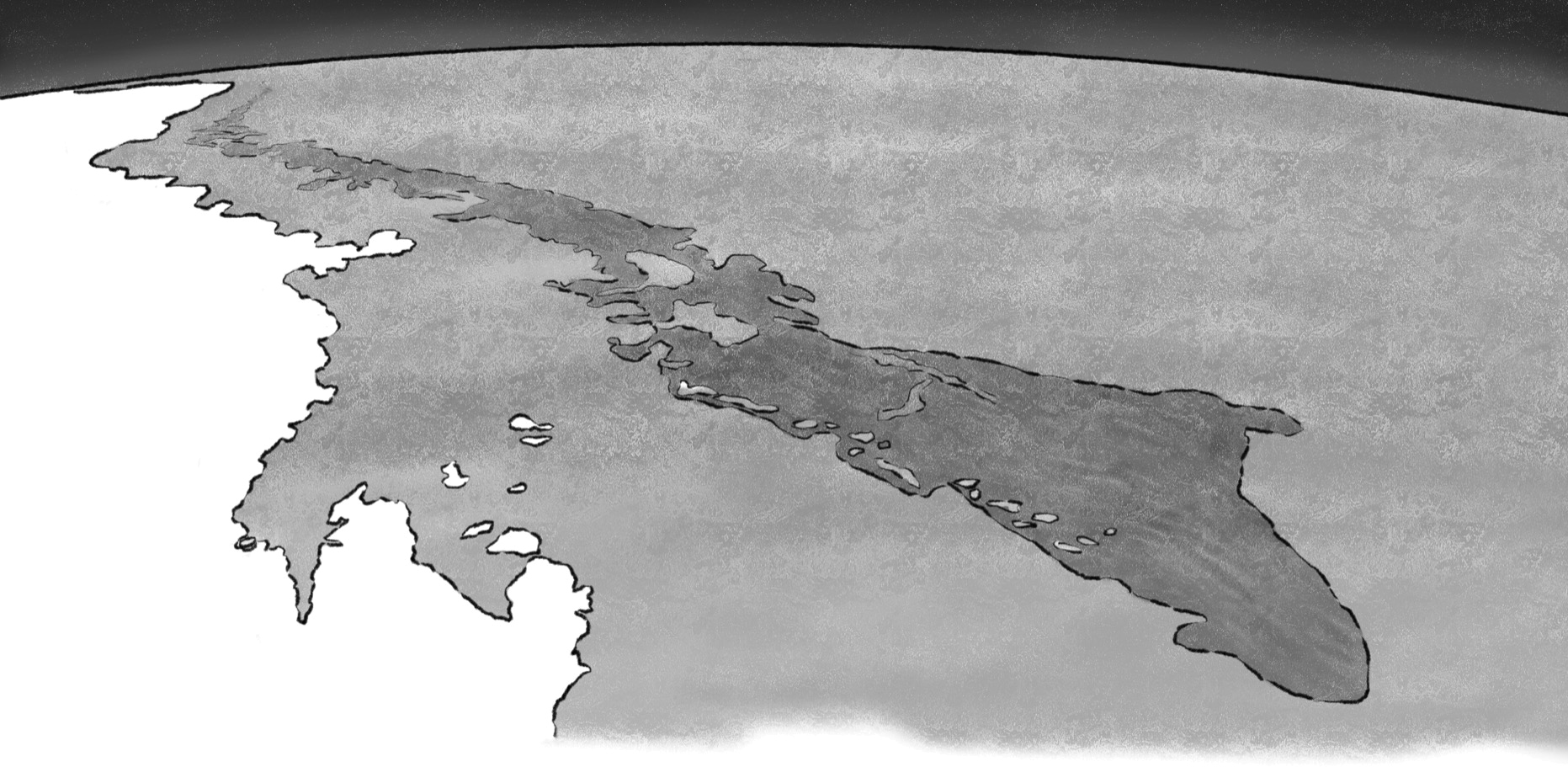Penguin supports copyright. Copyright fuels creativity, encourages diverse voices, promotes free speech, and creates a vibrant culture. Thank you for buying an authorized edition of this book and for complying with copyright laws by not reproducing, scanning, or distributing any part of it in any form without permission. You are supporting writers and allowing Penguin to continue to publish books for every reader.
The publisher does not have any control over and does not assume any responsibility for author or third-party websites or their content.
Text copyright 2016, 2018 by Nico Medina. Illustrations copyright 2016 by Penguin Random House LLC. All rights reserved. Published by Penguin Workshop, an imprint of Penguin Random House LLC, 345 Hudson Street, New York, New York 10014. PENGUIN and PENGUIN WORKSHOP are trademarks of Penguin Books Ltd. WHO HQ & Design is a registered trademark of Penguin Random House LLC. Printed in the USA.
Where Is the Great Barrier Reef?
August 26, 1768
The HMS Endeavour, under the command of Captain James Cook, set sail from England. The British Royal Navy, and a scientific group called the Royal Society of London, were sending Cook halfway across the globeto the South Pacific island of Tahiti.
Why?
With an astronomer and other scientists, Cook was to record the passage of the planet Venus across the face of the sun. They would compare their measurements to measurements other astronomers were taking around the world. This would help them figure out the distance between the earth and the sun.
Months later, in June 1769, the work in Tahiti was done. But Captain Cook was not going home. Not yet. He had been given a sealed letter before he left England. Now he could open it. The letter contained a set of orders for a second missiona secret mission.
Cook was to sail from Tahiti to a place known only as Terra Australis Incognita. This is Latin for Unknown South Land. Today, we call it Australia.
Forty-year-old Captain Cook was a very experienced sailor and explorer. The British Royal Navy wanted him to explore Australias east coast. No European had ever seen this land.
On April 19, 1770, the Endeavour reached this part of Australia. Cook later named it New South Wales and claimed it for England.
The States of Australia
At the time of Cooks voyage, Australia had not yet been settled by Europeans. It was called either Terra Australis Incognita or New Hollandnamed by the Dutch sailors from Holland who had explored its western shores.
In the 1780s, people from England began to move to Australia. In 1788, a border between New South Wales in the east and New Holland in the west was established. In 1829, England claimed all of Australia.
The English established coloniesmuch like the thirteen original colonies of the United States. In 1901, Australia became its own country with six states, plus federal territories and a capital district.
Captain Cook continued north along the coast. He didnt know he was about to make another great discoverya dangerous discovery.
Late on June 11, under a bright moon, the Endeavour crashed into something rock solid! The ship became stuck! Cook and his crew were twelve miles from shore. They tried to move the ship back into deep water by lightening the ships load. They threw as much as fifty tons of cannons, coal, and cargo overboard. They waited until morning, hoping that the high tide would lift the ship. But it stayed stuck.
A leak sprung. Water poured into the ship. For the next twelve hours, the men scrambled to save their ship. They took turns at the pumps, trying to push seawater out as fast as it poured in. One sailor filled a canvas sail with wool and sheeps dung and used it to help plug the leak.
Around ten oclock that night, high tide arrived again. The crew was able to guide the Endeavour off its rocky ledge and back into deep water. They were saved!
This rocky ledge, however, was not actually rock at all. It was a coral reef. Coral is made up of millions of tiny animals called polyps (PAWL-lups). This coral reef was one of three thousand reefs that make up the Great Barrier Reef.
For more than six weeks, Captain Cook and his crew repaired the Endeavour onshore. More than two months after the crash, Cook was finally able to steer the ship through the Reef and out into the open ocean.
Captain Cooks discovery of the Great Barrier Reef was only the beginning. Ever since, this miracle of nature has captured the imagination of explorers, scientists, and tourists alike. Today, more than a million people visit the Great Barrier Reef each year. And weve only just begun to understand it.
CHAPTER 1
Islands from Hilltops
The Great Barrier Reef is enormous. It is the largest living structure on earth.
It is so big, it can be seen from outer space! From high above the earth, it looks almost like a line of turquoise-colored toothpaste between the green of Australia and the deep blue of the Pacific Ocean. Closer up, the colors begin to change. The reefs appear reddish brown just beneath the waters surface. White, sandy islands dot the seascape. Lush green islands covered in rain forests rise up from the sea. Shallow water surrounding the islands shines bright aquamarine.
Below the surface, the Great Barrier Reef presents visitors with an eye-popping spectacle. Snorkelers and scuba divers can swim amid creatures of every color. Orange-and-white-striped lionfish. Purple crabs. Schools of pink anthia fish. Blue-and-black surgeonfish wriggling their bright-yellow tails to glide through the water. There are walls of coral in reds and pinks, giant clams with gaping multicolored mouths, and sea anemones with green tentacles.


